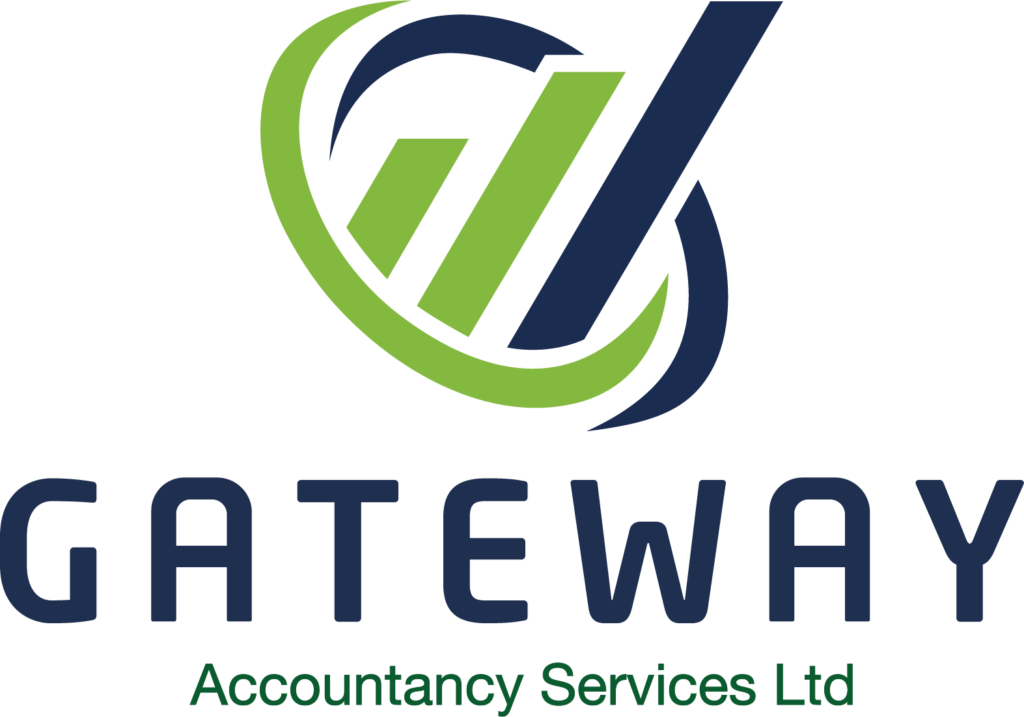
If you run a business in the UK, you’ve probably heard about HMRC’s Making Tax Digital (MTD) initiative by now. But what exactly does it mean and how will it impact your business? Here’s the rundown on Making Tax Digital.
In a nutshell, MTD aims to modernise and digitise the UK’s tax system. Rather than businesses keeping paper records and filing tax returns manually, MTD requires keeping digital records and reporting taxes directly from compatible software.
The goals of Going Digital for taxes include:
This major shift applies first to Value Added Tax (VAT) reporting. But over time Making Tax Digital will roll out to income and corporation tax too.
For VAT registered businesses, MTD means tracking finances digitally day-to-day, keeping digital records, and using functional software to submit VAT returns. Quarterly filing deadlines remain the same.

MTD represents a massive upgrade in how businesses interact with HMRC and pay their taxes. There’s a learning curve, but the benefits will outweigh the growing pains.
If your business is VAT registered with over £85,000 in taxable turnover, you are required to comply with MTD for VAT reporting. This rolled out in phases from 2019 onwards. By April 2022, all VAT registered entities above the threshold had to adopt Making Tax Digital.
In practical terms, Making Tax Digital for VAT means:
Essentially, you now need to capture business transactions digitally as they occur. Your functional software then compiles that data each period and sends the VAT return info straight to HMRC with the click of a button. It’s next level efficiency compared to the manual past!
Choosing the right software is key to seamlessly adopting Making Tax Digital. Your VAT software needs to meet certain requirements set out by HMRC:
Some common types of compliant software include:

Key is choosing a solution appropriate for your business size and needs. Cloud-based options offer flexibility, while some prefer desktop. Shop around to get the best value.
And rest assured HMRC provides guidance on selecting compliant software for Making Tax Digital. Pick one in their recommended lists and you know you’re covered.
Making Tax Digital represents a new era in record keeping for UK businesses. Any entity impacted by MTD needs to keep thorough digital financial records. This includes documents like:
Essentially any documents showing transactions and business financial activity need to be digital under Making Tax Digital rules. This could mean keeping scans, taking photos of receipts, or using accounting software to capture transactions.
The key is having a digital footprint of your finances you can access anytime. No more digging for crumpled paper receipts! Proper cataloguing brings order to the books. Records should capture business transactions as they occur daily. Good digital organisation makes reporting at tax time a breeze. Apps can extract reports automatically.
There are some exceptions to digital record keeping, but this is the general guidance from HRMC. Go digital and get organised upfront for smooth sailing with MTD!
Making Tax Digital is coming for income tax too! Self-employed individuals and landlords will be the next cohort required to digitise records and reporting.
The current timeline laid out by HMRC is:
For income tax, MTD requires:
This moves self-employed individuals and landlords to a more real-time tax position. Software will enable easier quarterly reporting straight to HMRC versus manual yearly filings.
HMRC is currently piloting Making Tax Digital for income tax to work out any kinks before the 2024 rollout. Selected small businesses can join this pilot program.
In the future, Making Tax Digital will likely extend to corporation tax too. But for now, focus is on successful adoption for VAT and income tax.
